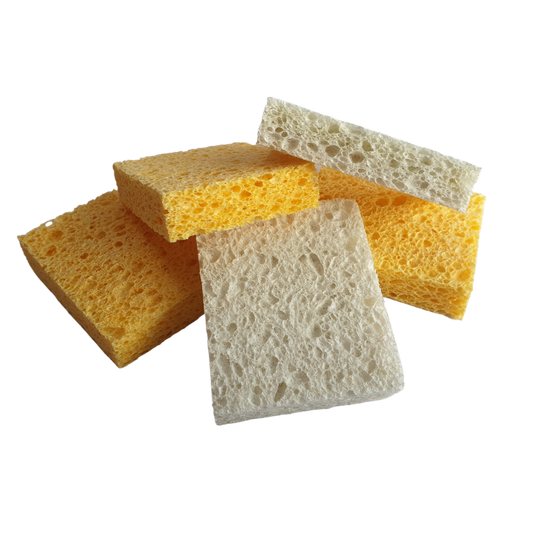Ella's Hoof Health Journey - Nutrition is Key
Share

Full disclosure… a year ago I knew nothing about hoof health. I nodded politely while my farrier rattled off words like flares, walls, cracks, etc, pretending I understood what he meant.
But over the past year I’ve been lucky enough to have some pretty awesome people drop into my life. These people taught me pretty much everything I know about hoof health, nutrition and trimming.
I now trim my own horses, and am somewhat educated as to what makes a healthy hoof. I’m hoping that my amateur perspective might make the information in this blog post a little easier to digest for those who are learning just like me! I am by no means an expert, and probably way underqualified to be writing about this.
But here is what I have learned.
Hoof Health is key to a Happy Horse
Hoof health is a way more important aspect of horse ownership than I first realised. The shape and functionality of the hoof can impact a horse’s movement, performance and comfort. It can determine whether they are prone to laminitis, or whether they can walk comfortably over any terrain.
Once I realised what a big deal it was, I started down the rabbit hole.
One of my closest horsey friends is a barefoot trimmer. She taught me to trim and is constantly dropping little gold nuggets of information. Whenever I think hoof health, I have her voice in my head saying, “You build a healthy hoof from the inside out.”
Nutrition is key. When my horses became tender walking over rocks, their flares weren’t improving, sand cracks were stretching further up their hooves, and one was showing early signs of laminitis, I changed their diets completely.
They always have access to grass, and that hasn’t changed. But I now feed a more balanced hard feed (lucerne chaff and cracked lupins for protein, and maxisoy or speedibeet for fibre), and my horses are on a balanced mineral mix (we use equihorse +se, but I highly recommend getting a mix that is specific to your area or balanced based on your own pasture analysis).
The minerals were a game changer.

The above photo shows my warmblood’s hoof after starting him on a mineral mix. Here you can see his old, weak growth towards the bottom of his hoof. The sand cracks are a result of not having balanced nutrition/minerals. About three quarters of the way up, you see a darker line around his hoof. This is an event line. It marks the time in which his diet changed and the minerals were introduced. Yep… a change in their diet is actually marked on their hoof!
The growth above this event line is tighter than the old growth – you can see that his hoof begins to flare out to the sides as it stretches down. Tight growth is what we want! As the new hoof growth stretches down his hooves will begin to look quite different.
This is just one recent example. My mare’s hooves have also changed dramatically over the last year. Her massive flares have halved in size, and she can now walk over rocks without any ouchies (although she still needs hoof boots on long rocky trails). This is partly due to her improved nutrition, but my friend’s talent as a barefoot trimmer has also been pivotal! With her guidance, I realised that my farriers really had not been improving the shape of my horses’ feet all these years.
I still have a heck of a lot to learn, but I now know that a good trimmer will use techniques that encourage the hoof to grow in a more correct, or functional way. This is quite different to changing how a hoof looks on the outside, only to have it grow down in the exact same way for the next trim. If you are doing a good job, you should start to see gradual changes for the better over each trim cycle. That, combined with balanced nutrition and hoof products to carry you over while old imperfections grow out, should leave your horse with a more healthy and functional hoof.
If you want to learn more about barefoot trimming and hoof health, here are some of my favourite resources!
Wild About Hooves – Online trimming course + a Facebook page full of great info
Emotional Horsemanship – Barefoot Basics online trimming course (plus a whole heap of awesome horsemanship posts!)
Thank you so much for sharing your journey Ella. In conjunction with good nutrition, our Hoof Hydrator is a great tool to help prevent severe moisture loss/saturation of the hooves which reduces weather cracks.
Have a blog post suggestion? Send us a message




